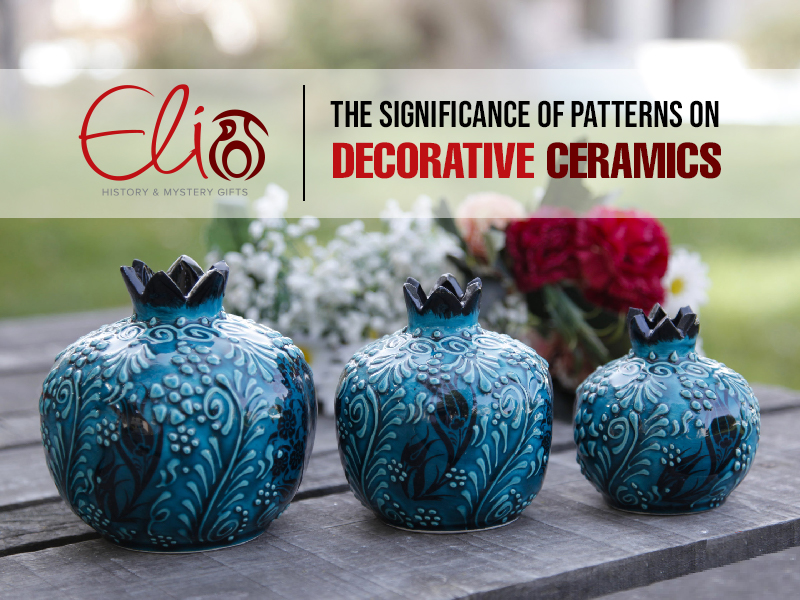A huge element of fascination with Turkish ceramics is the strength of the shell. This is evidenced in the fact that Turkish ceramics persisted in good condition and their color for centuries in the face of adverse circumstances. The express art of Turkish ceramics was developed in Anatolia in the beginning ages of the region and thus played a critical role in Turkey’s history and culture. Evidence of this culture has spread worldwide, as evidenced by the popularity of handmade ceramic cups in Northern America.
History
From the primitive sculpture of prehistoric Anatolia to the jewelry, ornaments, and crockery of the Hittites and the ornate hand-painted tiles of Iznik, the era of mass production began as ceramic producers built factories to manufacture ceramics on an industrial scale.
The country’s history of ceramic production dates back 10,000 years—different types developing in multiple regions. Mass production began in the mid-20th century as Turkish ceramic producers built factories to produce these ceramics on a much larger scale. This led to the popularity and incline in the production of Turkish ceramics. Brick production, tile making, and roof production all have creative groups that have been considered branches of ceramics.
Ceramic Patterns
The patterns for Turkish ceramics are traditionally based on naturally occurring themes like birds, water, trees, or flowers like tulips. These designs are drawn on sketch paper, ensuring the details are accurately depicted. The finished drawings are then perforated with a needle and proceeded to be covered in charcoal dust over the biscuit to transfer these designs to the surface. Therefore, charcoal dust is used so the outlines can be traced with black dye. Finally, these design outlines are filled in with metal oxide colors. This metal oxide is made with copper as it is abundant in Turkey that produces a deep cobalt blue. Particularly known for the distinctive red color produced by iron, Turkish ceramic art can further be adorned with many colors; however, Turkish ceramics are best known for their rich blue and red designs.
A particularly unique step with regards to ceramic making is glazing, which is the final step of the process and contains trade secrets that have been passed down. The paint on the biscuit it is coated with a mixture of quartz, metal oxides, and a special glaze called sır, which means “secret” in Turkish. Therefore, the final coating adds a silky smooth finish to the piece, making the colors appear much more profound and protecting it from the elements so that it is nearly indestructible. The last step of the process is to air dry the piece and put it in a kiln for twelve hours.
Kutahya
Kutahya, now, has become an important center for the manufacture of Turkish ceramics and tiles. Additionally, efforts are also being made in private workshops and educational institutions in Iznik, Istanbul, and Bursa to perpetuate the express art of traditional Turkish ceramics and tiles to develop it to meet the demands of modern life.
At EliPOT, we deliver the highest quality beautiful products that not only help the collectors enjoy their beauties but also souvenirs, a piece of the long and rich history of Europe and mainly Ottoman arts to your home. We ensure quality and authenticity with all our products, and we deliver all over the country. Visit us now to peruse our catalog!!



Leave A Comment